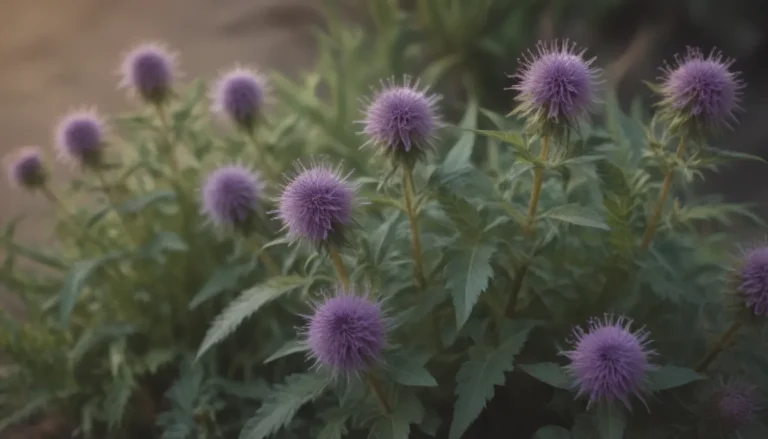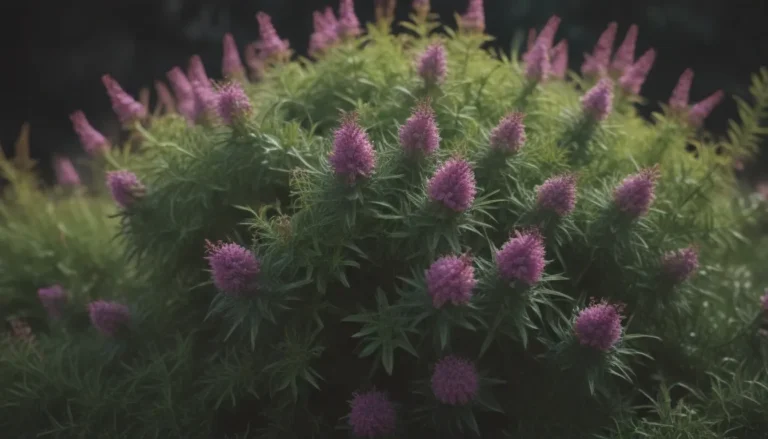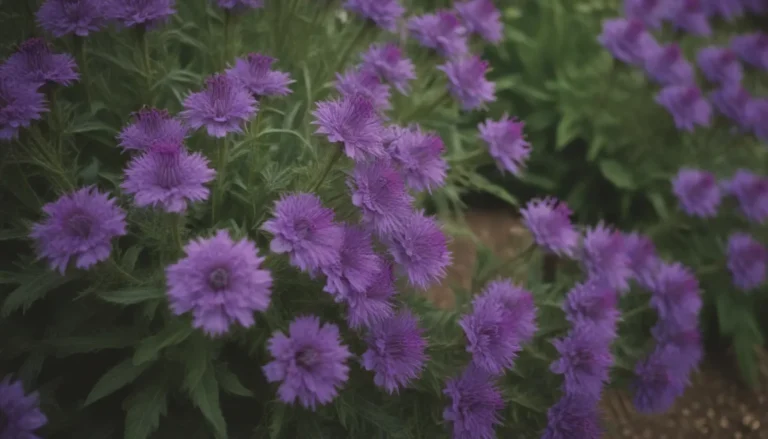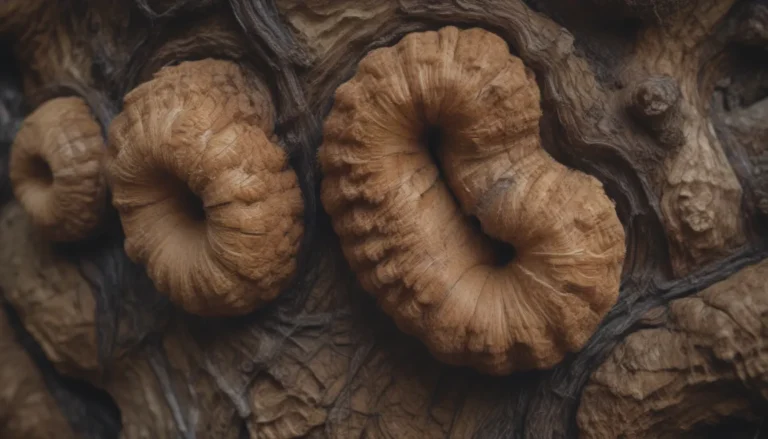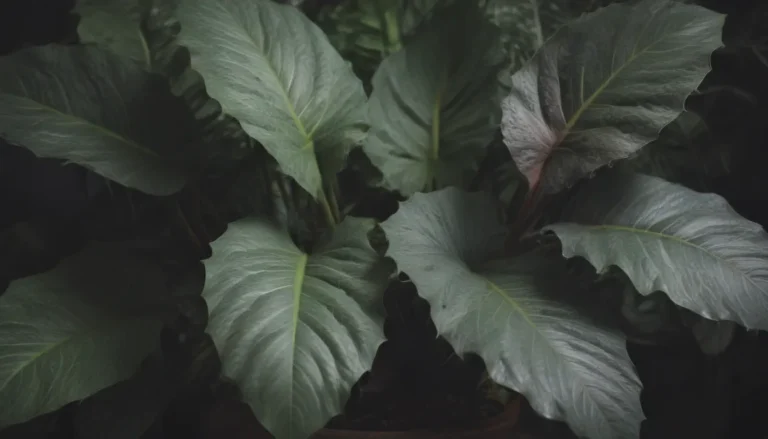A Comprehensive Guide to Pond Maintenance: Easy Steps for Keeping Your Garden Pond Clean and Healthy
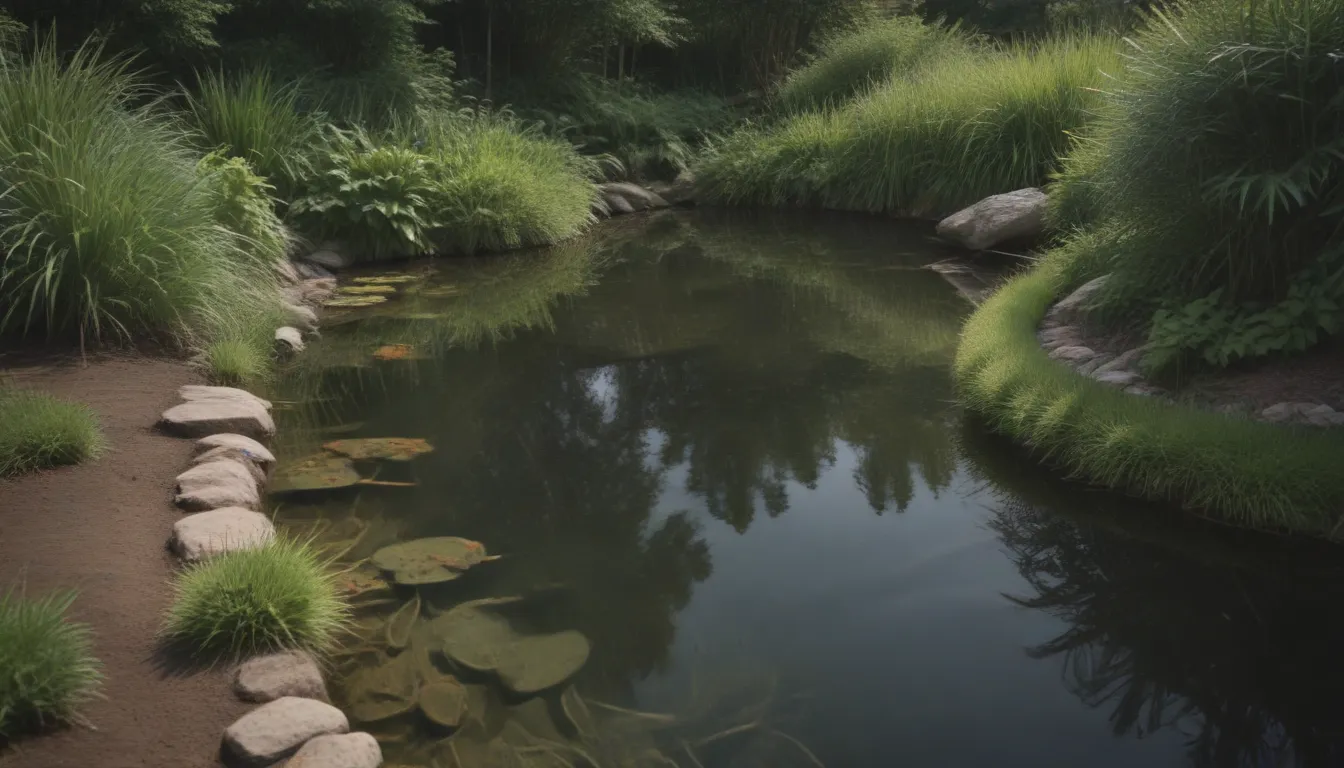
Welcome to the ultimate guide to pond maintenance! If you own a garden pond, you know how important it is to keep it clean and healthy for both the aquatic life and the overall beauty of your outdoor space. In this article, we will provide you with a detailed annual schedule for pond maintenance, along with valuable tips and information to make the process as easy and efficient as possible.
Why Pond Maintenance is Essential
Ponds require regular care to ensure the water stays fresh, clear, and free of debris. Proper maintenance is crucial for the well-being of aquatic plants, fish, and other pond inhabitants. By following a consistent maintenance routine, you can enjoy a beautiful and thriving pond all year round.
Skimming the Pond
- Use a net skimmer to remove leaves, insects, pine cones, and other debris from the water.
- Place the net about halfway into the water and move it back and forth to skim off debris.
- Empty the net when it is about a quarter full to prevent clogging.
- Manual skimming is important to remove larger debris that an electric skimmer may not be able to handle effectively.
- Decomposing organic matter can alter the water quality, so it’s essential to remove debris before it breaks down.
Cleaning the Water Filter
- The media filter in the pond pump collects floating debris and helps cycle clean water.
- A clogged filter can reduce the effectiveness of the pump and lead to pump failure.
- Turn off and unplug the pump before cleaning the filter.
- Remove and dispose of the old filter media.
- Clean the filter with a soft brush to remove debris or algae.
- Replace the filter media with a fresh sheet to maintain optimal filtration.
Maintaining the Water Level
- Pond water evaporates throughout the year, especially during spring and summer.
- Keep the water level topped off to maintain water quality.
- Use a garden hose or a five-gallon bucket to add water as needed.
- Consider installing a pond auto top-up device for automatic water level maintenance.
Tending to the Pond’s Plants
- Break up clustered aquatic plants to maintain a clear pond surface.
- Remove dead or dying plants to prevent decomposition.
- Prune excessive plant growth to ensure proper oxygenation.
- Add new plants where needed to enhance the overall aesthetics of the pond.
Managing Algae Growth
- Small amounts of algae are beneficial as food for microscopic organisms, but algae blooms can be harmful.
- Introduce aquatic plants to provide shade and limit algae growth.
- Maintain healthy plants and consider using a submerged UV clarifier to control algae blooms.
- Use algaecides with safe ingredients to prevent algae overgrowth.
Tip: Avoid using pool shock treatment or chlorine in garden ponds.
Landscaping Around the Pond
- Trim plants surrounding the pond to prevent overgrowth.
- Remove rocks, dirt, and leaves that may enter the water.
- Ensure that flat rocks covering the pond liner are secure in place.
Winterizing the Pond
- Prepare the pond for fall and winter to protect it from inclement weather.
- Skim out debris, clean the filter, and shut off the pump.
- Lay pond netting to catch falling leaves and remove it once all leaves have dropped.
- Prune foliage around the pond and cover the pump if shutting it down for winter.
Draining and Cleaning the Pond
- Drain the pond once a year to clean and maintain the liner.
- Use a pond drain or submersible pump to remove water.
- Allow the pond to dry out before hosing down the sides and bottom.
- Check the pond liner for tears or damage and treat with algaecide to prevent algae growth.
- Consider using a submersible UV clarifier for added algae control.
Conclusion
By following a regular maintenance schedule for your garden pond, you can ensure that it remains a beautiful and healthy environment for aquatic life and plants. Proper pond maintenance not only enhances the visual appeal of your outdoor space but also contributes to the overall well-being of the ecosystem. Remember to stay consistent with your maintenance tasks and enjoy the benefits of a clean and thriving pond throughout the year.
For more information on pond maintenance, refer to resources such as the Royal Horticultural Society and Penn State Extension. Happy pond keeping!
